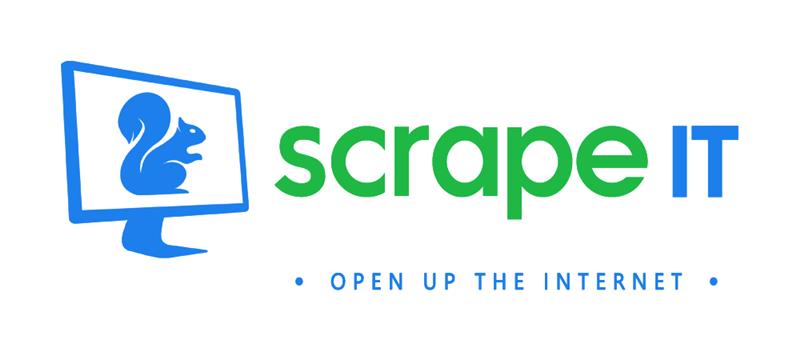In today’s digital age, data is king. From market research to competitor analysis, businesses and individuals alike rely on data to make informed decisions. However, gathering data from the vast expanse of the internet can be a daunting task. This is where web scraping comes into play.
What is Web Scraping?
Web scraping is the automated process of extracting data from websites. It involves writing code to navigate web pages, locate specific content, and extract the desired information into a structured format, such as a spreadsheet or database. Essentially, web scraping allows you to gather large amounts of data from the web quickly and efficiently.
How Does Web Scraping Work?
At its core, web scraping involves sending HTTP requests to a website and parsing the HTML or XML content of the web pages to extract the relevant data. This process is not restricted to any specific programming language; it can be implemented with various languages such as JavaScript, Java, Ruby, or even tools like Selenium WebDriver. In this blog How to use any programming language in web scraping explores how different programming languages and tools can be utilized for web scraping purposes.
Here’s a simplified overview of the web scraping process:
- Sending HTTP Requests: The scraper sends a request to the targeted website’s server, requesting the HTML content of the desired web page.
- Parsing HTML Content: Once the HTML content is received, the scraper parses it to identify the specific elements (such as text, links, or images) containing the data of interest.
- Extracting Data: The scraper extracts the desired data from the identified elements and structures it into a usable format, such as CSV, JSON, or a database.
- Storing or Analyzing Data: Finally, the extracted data can be stored for later analysis or used for various purposes, such as market research, price monitoring, or content aggregation.
Legal and Ethical Considerations
While web scraping can be a powerful tool for gathering data, it’s essential to understand the legal and ethical implications associated with it. Many websites have terms of service or robots.txt files that explicitly prohibit web scraping. Violating these terms can lead to legal action against the scraper.
Additionally, scraping too aggressively can put strain on a website’s servers, leading to performance issues or even causing the website to crash. As such, it’s crucial to scrape responsibly by following best practices such as limiting the frequency of requests and respecting robots.txt directives.
Use Cases of Web Scraping
Web scraping finds applications across various industries and domains. Some common use cases include:
- Market Research: Scraping product prices, reviews, and descriptions from e-commerce websites for competitive analysis.
- Lead Generation: Extracting contact information from business directories or social media platforms for sales prospecting.
- Content Aggregation: Gathering news articles, blog posts, or social media posts from multiple sources for content curation.
- Financial Analysis: Scraping financial data from websites like Yahoo Finance for investment research and analysis.
In conclusion, web scraping is a valuable technique for extracting data from the web efficiently. Whether you’re a business looking to gain insights into your market or an individual interested in collecting information for research purposes, web scraping can help you automate the data gathering process.
However, it’s essential to approach web scraping with caution, respecting the legal and ethical guidelines set forth by websites and ensuring that your scraping activities are responsible and ethical. With the right tools and techniques, web scraping can unlock a wealth of valuable data that can drive informed decision-making and innovation.

